Brassiness is a term used to describe the unwanted yellow and orange tones that show up in bleached or dyed blonde hair. During the hair color process, the hair cuticle is lifted, releasing the underlying green pigments in the hair shaft, leaving behind the red. This process is called oxidation, and if not properly neutralized or maintained, these warm red tones can become more pronounced, giving the hair a brassy tint. Brassiness often results from exposure to elements like sunlight, hard water, or even the products used in the hair care routine. It most often happens to blonde color, but these orange undertones can also appear in gray hair and brown hair that’s been dyed as well. To combat brassy tones, it's essential to incorporate a color-correcting purple or blue shampoo into your hair care routine.
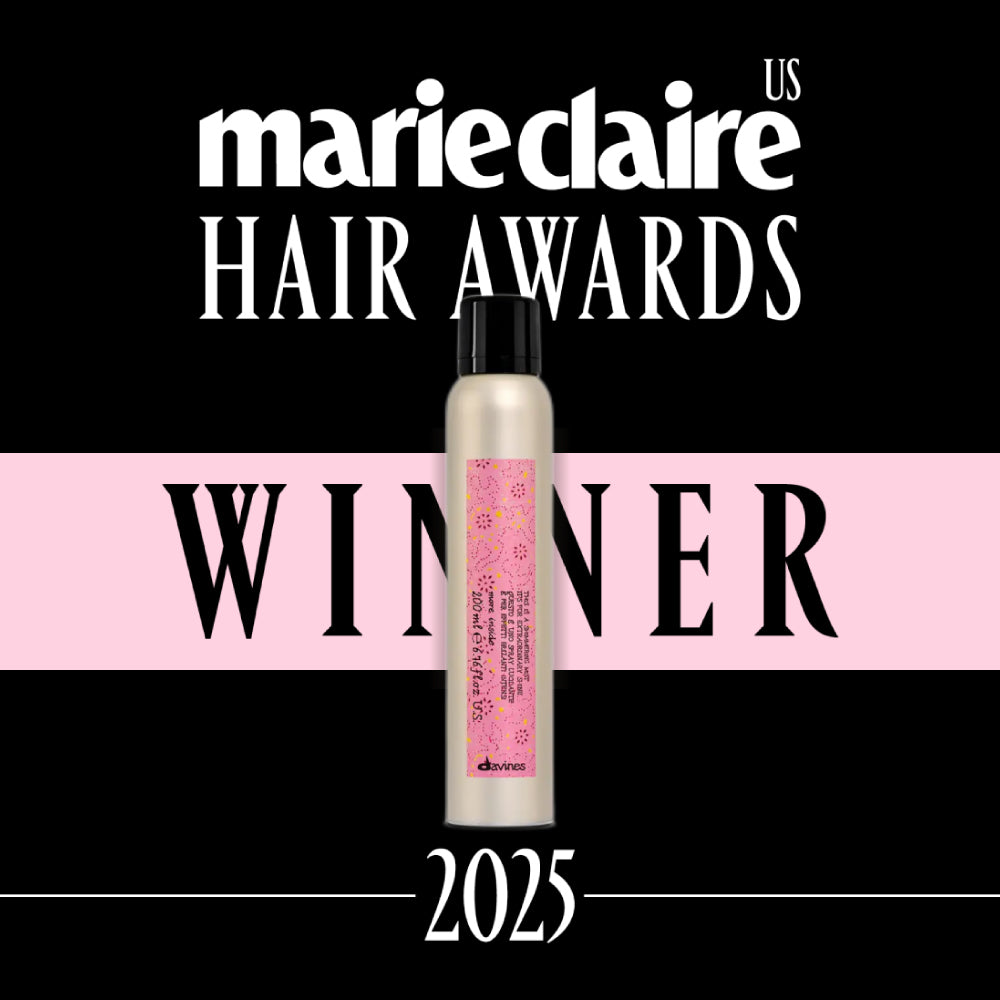

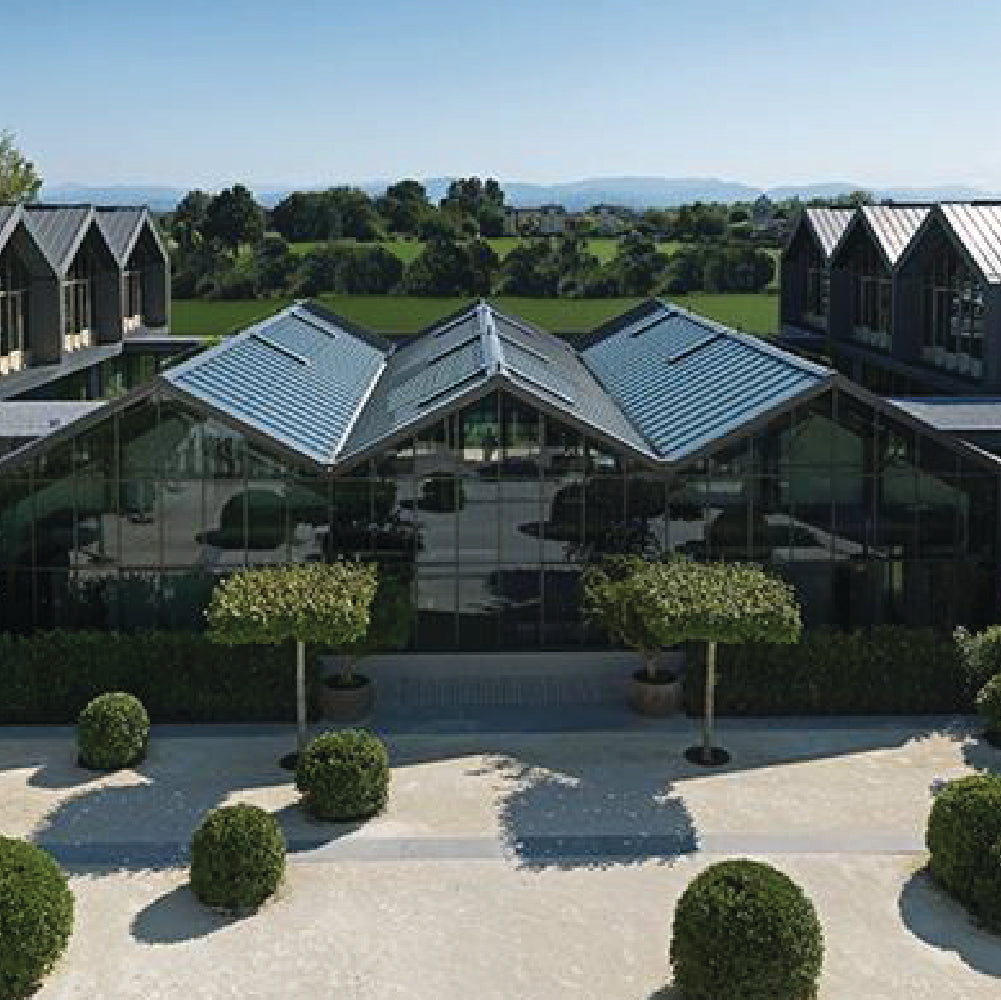
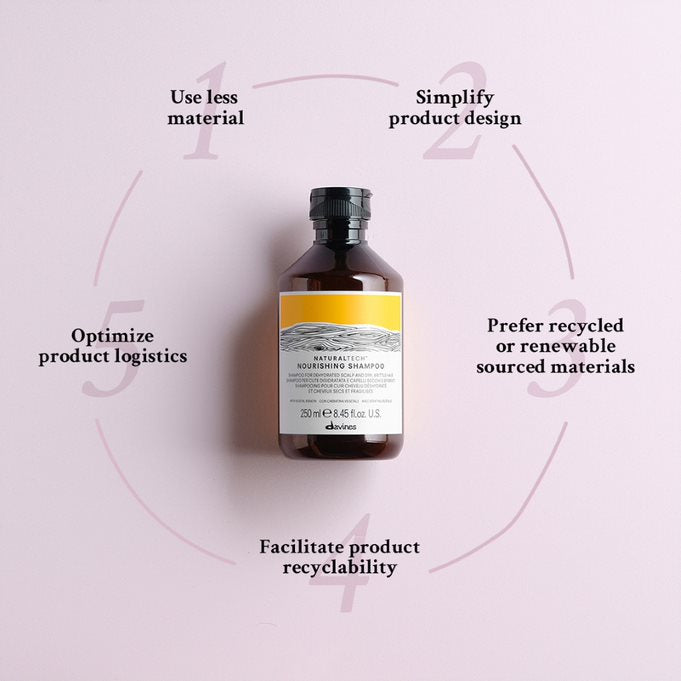
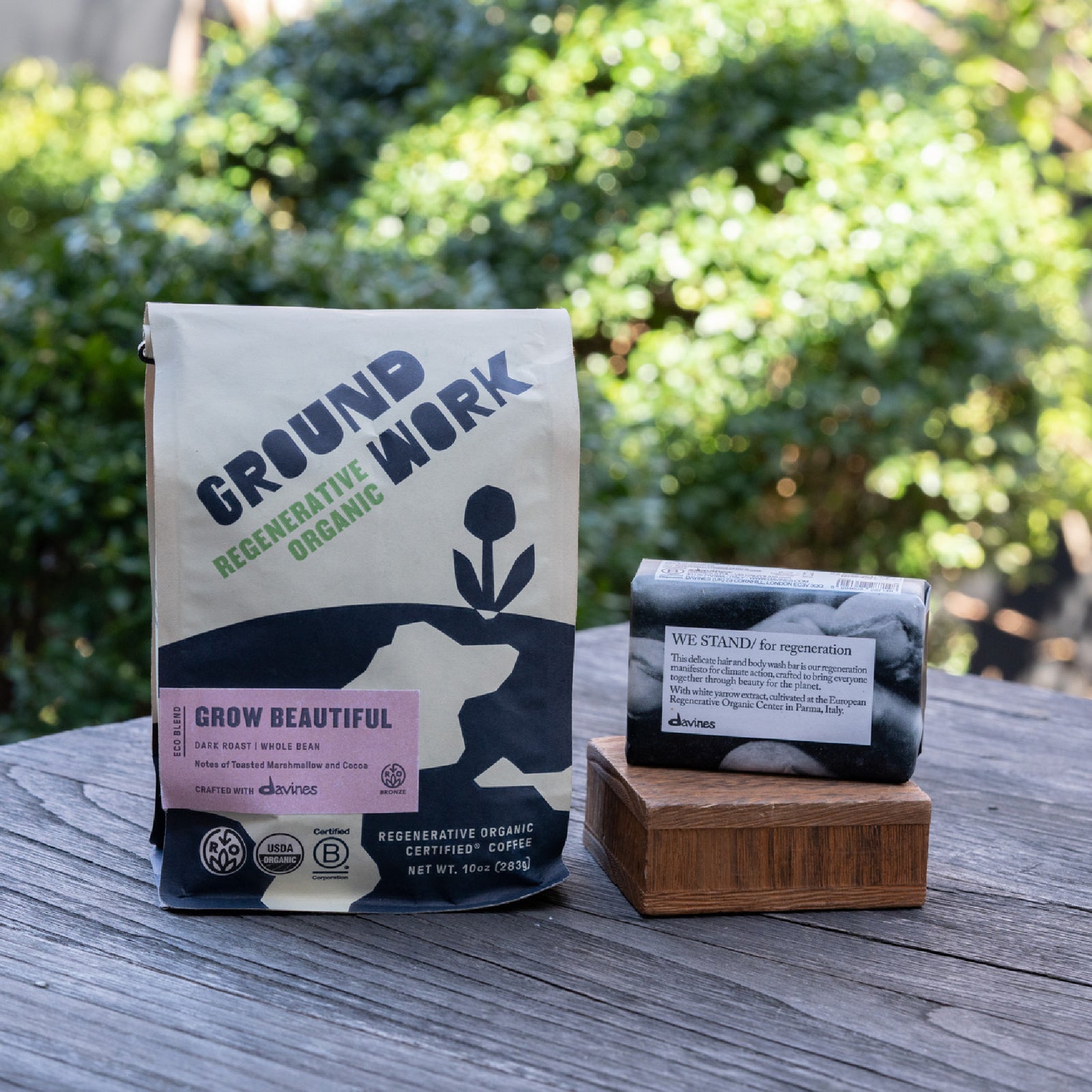
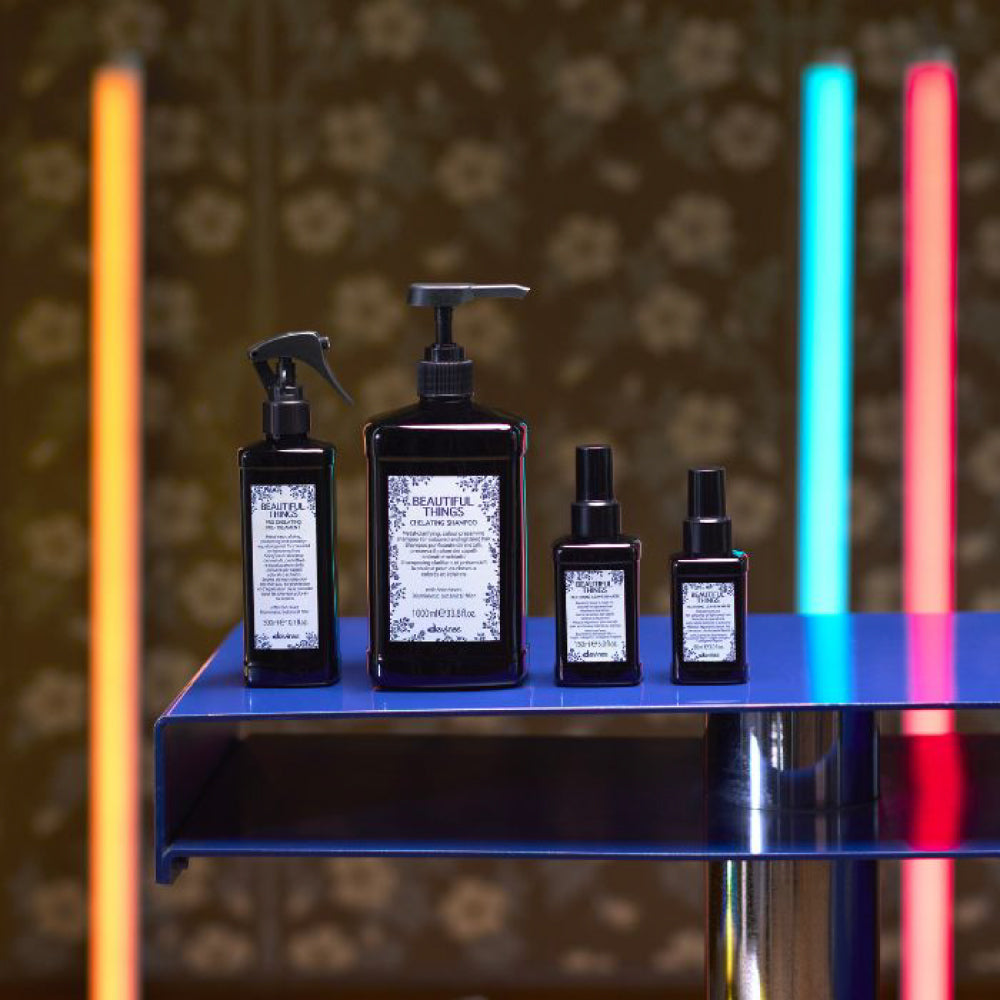
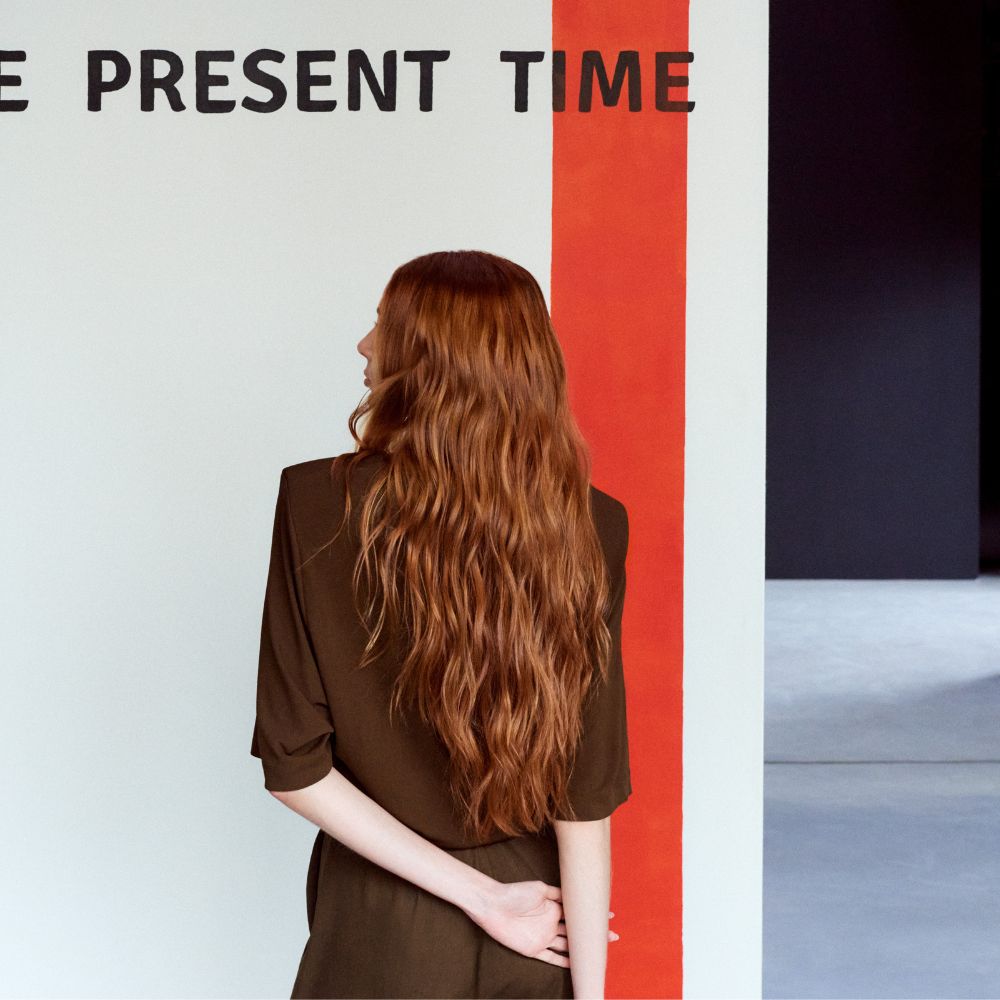
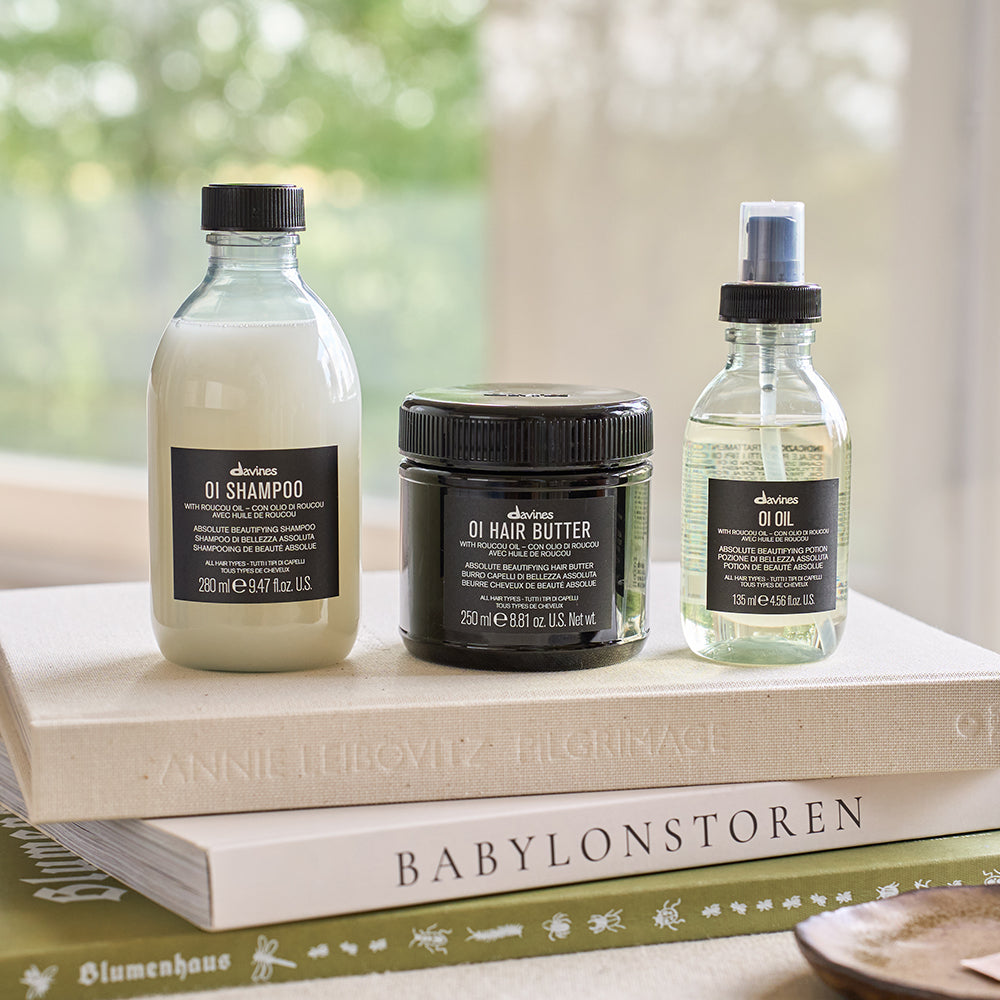
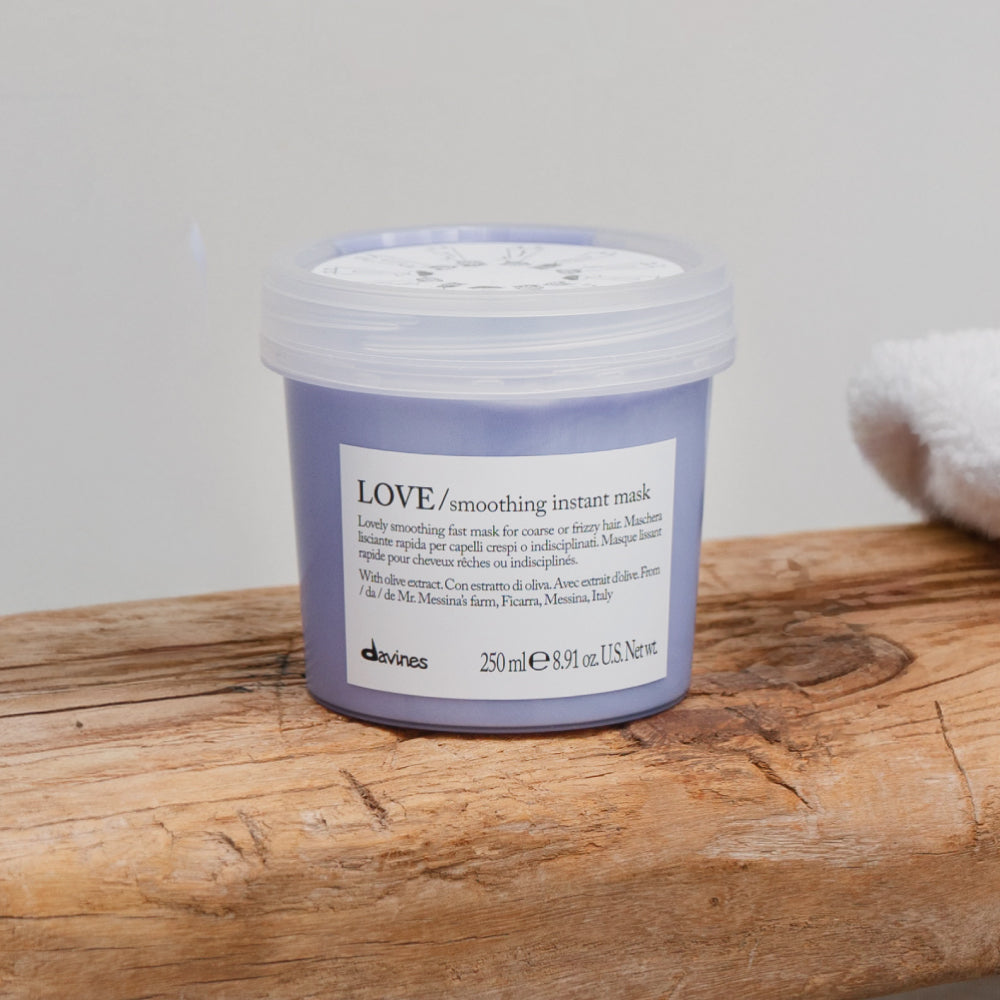
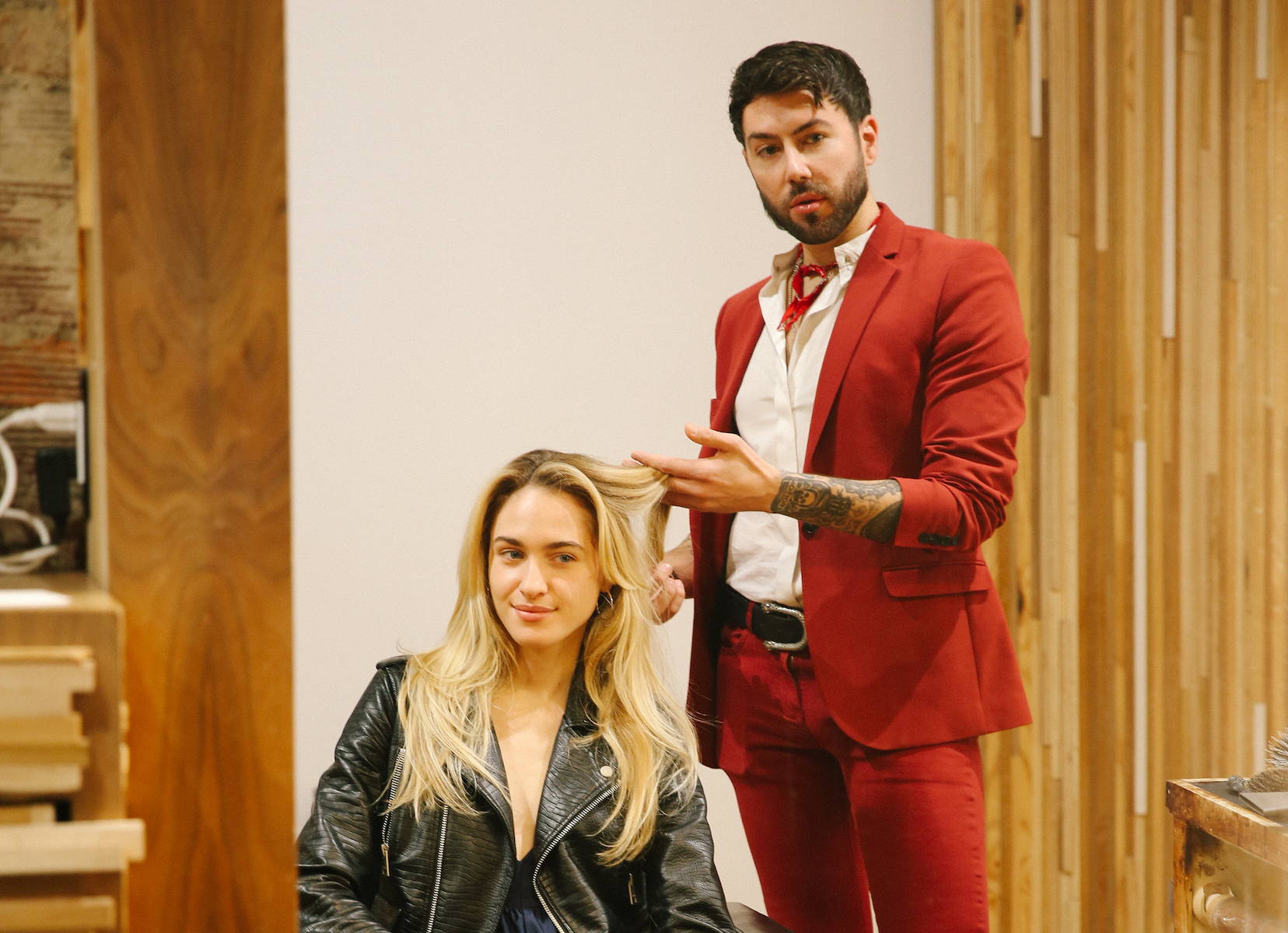
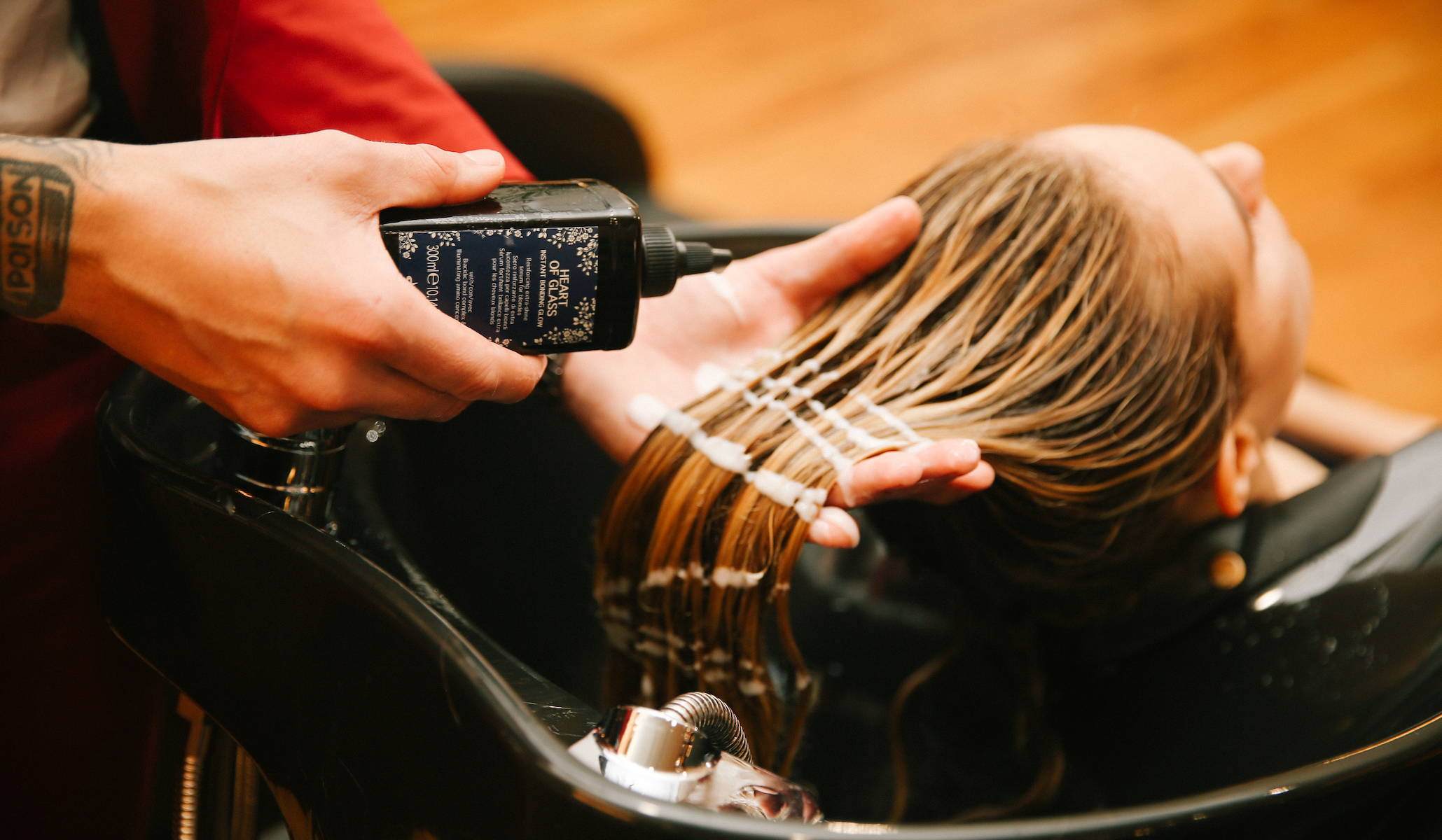
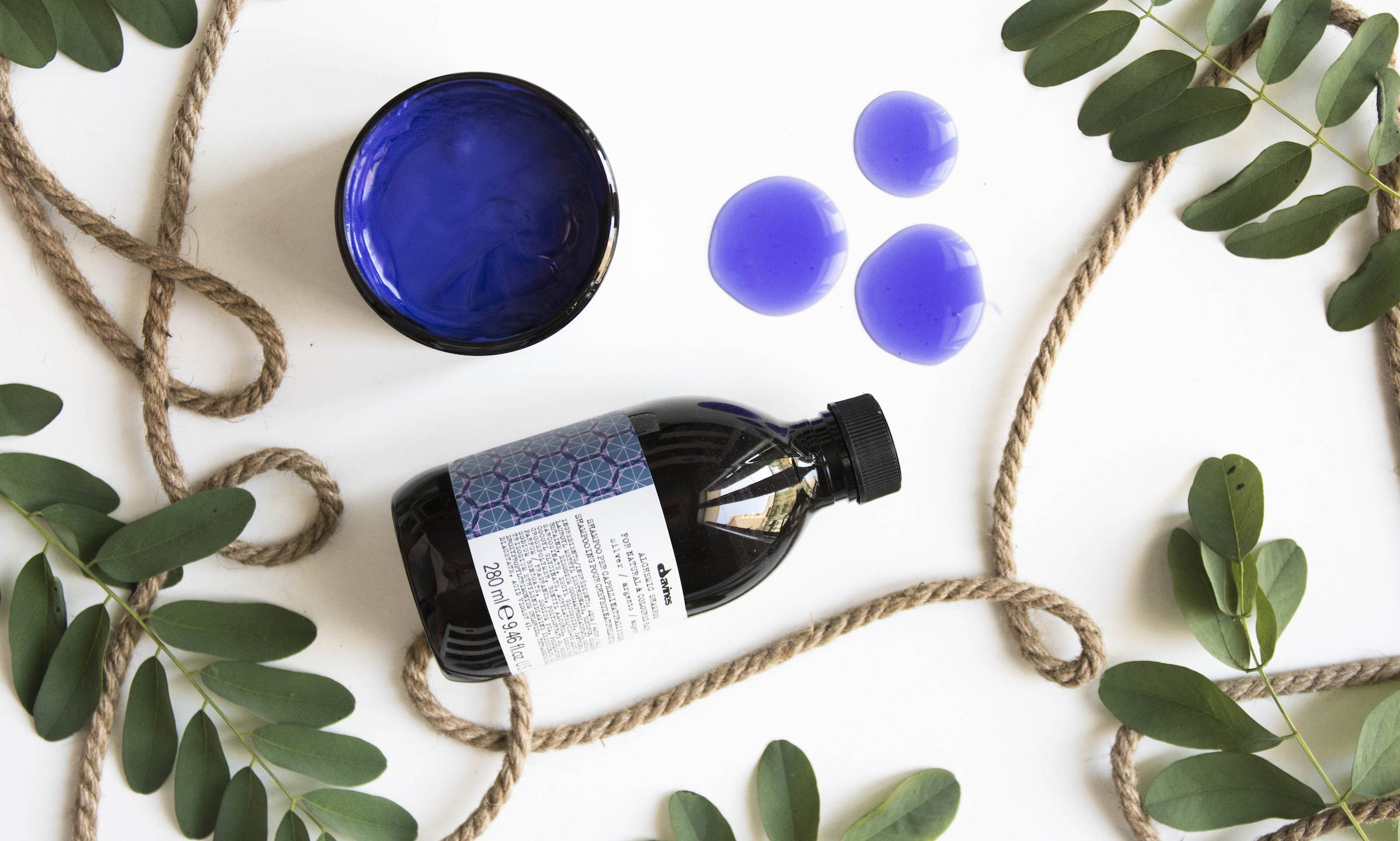
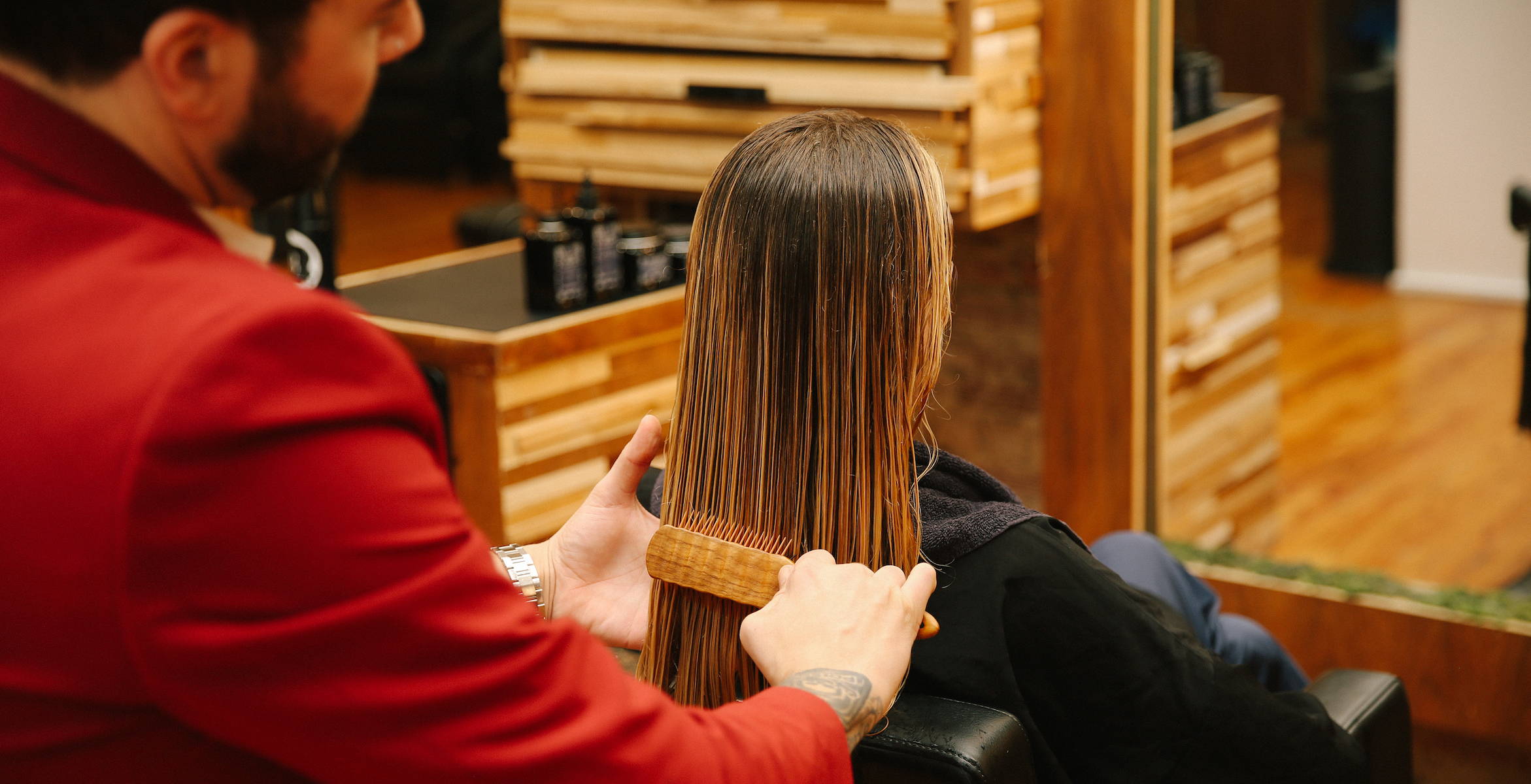
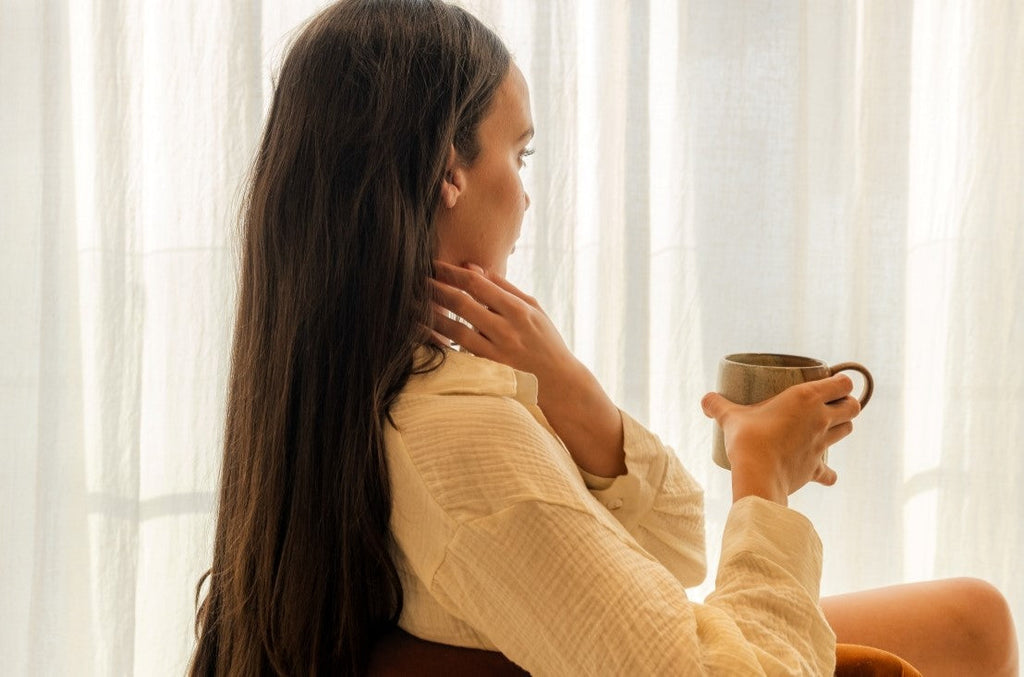


1 Comment
1 Response
Karen
March 28, 2021
Thank you for the advice i already use the purple shampoo and conditioner but didn’t realise that you need to use cool water will try this way ,thank you again
Leave a comment
Comments will be approved before showing up.